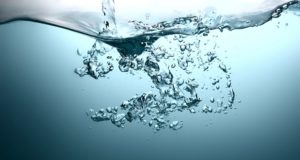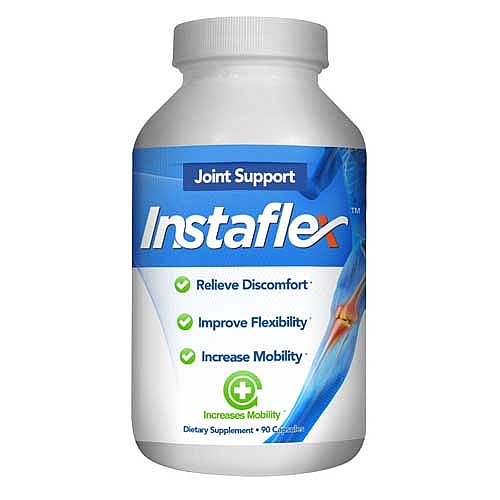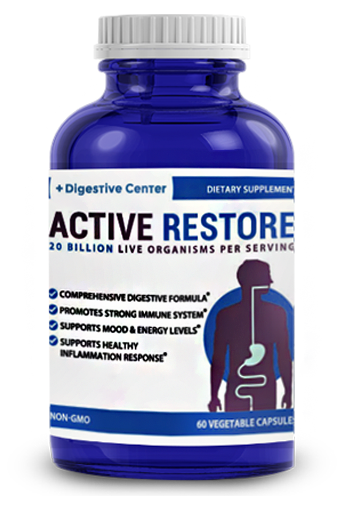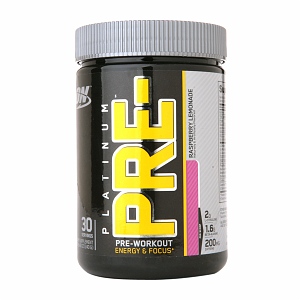
People have strong opinions and it is sometimes difficult to figure out the truth from the scam. Today, I want to talk to you about drinking-water.
We all know that we need to drink water. After all, our bodies are made of approximately 60% water (70% for our brains and up to 90% for our lungs)! That explains why most doctors and health companies recommend drinking up to 64 oz of water a day. But is the water source important? Should we prefer tap or bottled water?
At Consumster, we pride ourselves for giving you the most objective arguments and qualities on the subject of our reviews. Therefore, I will compare tap water and bottled water on the following criteria:
- History
- Safety
- Cost
- Impact on the Environment
- Taste
1. History
The Egyptians were the first people to record methods for treating water. These records date back more than 1,500 years to 400 A.D. They indicate that the most common ways of cleaning water were by boiling it over a fire, heating it in the sun, or dipping a heated piece of iron into it. Filtering boiling water through sand and gravel and then allowing it to cool was another common treatment method. [1]
Although vessels to bottle and transport water were part of the earliest human civilizations, bottling water began in the United Kingdom with the first water bottling at the Holy Well in 1621. Jackson’s Spa in Boston in 1767 was the first to commercially distribute, bottle and sell water in America. Early drinkers of bottled spa waters believed that the water at these mineral springs had therapeutic properties and that bathing in or drinking that specific water could help treat many common ailments
2. Safety
 As you saw, the belief that bottled water is better for our bodies is deeply anchored in our minds. Statistics from the International Bottled Water Association (IBWA) [3] show that Americans consumed 10.9 billion gallons of bottled water in 2014 – 34.2 gallons for every man, woman, and child in the country, compared to 1.6 gallon in 1976! However, considered a food product and regulated by the Food and Drug Administration (FDA) [4], bottled water plants aren’t regularly inspected and, most of the time, the results aren’t available to the public. Even worse, germs are particularly likely to cause problems in bottled water. As the World Health Organization explains: “Some microorganisms that are normally of little or no public health significance may grow to higher levels in bottled water.” [5]
As you saw, the belief that bottled water is better for our bodies is deeply anchored in our minds. Statistics from the International Bottled Water Association (IBWA) [3] show that Americans consumed 10.9 billion gallons of bottled water in 2014 – 34.2 gallons for every man, woman, and child in the country, compared to 1.6 gallon in 1976! However, considered a food product and regulated by the Food and Drug Administration (FDA) [4], bottled water plants aren’t regularly inspected and, most of the time, the results aren’t available to the public. Even worse, germs are particularly likely to cause problems in bottled water. As the World Health Organization explains: “Some microorganisms that are normally of little or no public health significance may grow to higher levels in bottled water.” [5]
On the other hand, most people would argue that tap water is unsafe, that it is highly contaminated by pollution and chemical waste. The EPA–Environmental Protection Agency—identifies contaminants standards and will tell you if your tap water is safe or not. [6]
They also issue yearly report that you can access anytime, so you can see the improvements in your tap water, or not. I agree, those reports can be scary, like Hollywood described in 2000 with “Erin Brockovich”. [7]
3. Cost
The average price of water in the United States is about $1.50 for 1,000 gallons. At that price, a gallon of water costs less than one penny. It’s true in some of the most expensive towns of the US but it is even cheaper in a lot of places like Fresno or Salt Lake City. [8]
In comparison, bottled water costs about $1.22/gallon nationwide. “If we take into account the fact that almost 2/3 of all bottled water sales are single 16.9oz (500 mL) bottles, though, this cost is much, much higher: about $7.50 per gallon, according to the American Water Works Association. That’s almost twice the cost of a gallon of regular gasoline.” Nick Colas, ConvergEx Group Chief Market Strategist. [9]
Moreover, when you pay a price premium for bottled water, what you’re getting is often just tap water that’s been filtered or purified in some way. Both Dasani, bottled by the Coca-Cola company, and Aquafina, bottled by PepsiCo, start out with public water sources. If filtered tap water is what you want, for about $40 – less than the cost of six weeks’ worth of bottled water – you could install a simple faucet-mounted filter in your kitchen and make your own. [10]
4. Impact on the Environment
- Recycling
Plastic water bottles take 100s of years to decompose, if at all, and much of that plastic waste gets shipped overseas for recycling, creating additional greenhouses gases associated with transportation. [11] In 2003, the California Department of Conservation estimated that roughly three million water bottles are trashed every day in that state, which would be enough to create a two-lane highway that stretches the state’s entire coast. [12]
- Oil
The energy used each year making the bottles needed to meet the demand for bottled water in the United States is equivalent to more than 17 million barrels of oil. That’s enough to fuel over 1 million cars for a year. [12]
- Water
For every bottle of water that is produced, the Pacific Institute has estimated that twice as much water was required for the production process. [13] This means that for every liter of water that is sold, three liters of water are used.
5. Taste
Most people aren’t able to taste a difference between bottled and tap water.
Take a look at ABC News experiment: [14]
The goal of the test was to see which water tastes better, and whether people can tell the difference between expensive water and tap water. The waters in the studio audience taste test included: New York City tap water, O2, an oxygenated water, and two bottle brands, Poland Spring and Evian.
#1: New York City Tap (45%)
#2: Poland Spring (24%)
#3: O-2, Oxygenated Water (19%)
#4: Evian (12%)
Reactions were recorded in a fancy restaurant where a similar experiment was made:
https://www.youtube.com/watch?v=YFKT4jvN4OE
Conclusion
Both type of water have pros and cons, but, when we take a look at the huge drought some of our states have endured for the past years, as well as the ecological threat we’re under, it seems better and more responsible to consider tap water as our first source of water.
[1] https://www.fcwa.org/story_of_water/html/story.htm
[2] https://en.wikipedia.org/wiki/Bottled_water
[3] http://www.bottledwater.org/bottled-water-sales-and-consumption-projected-increase-2014-expected-be-number-one-packaged-drink
[4] http://www.fda.gov/Food/FoodborneIllnessContaminants/BuyStoreServeSafeFood/ucm077079.html
[5] http://www.ewg.org/tap-water/whats-in-yourwater.php
[6] http://www.who.int/water_sanitation_health/dwq/fulltext.pdf
[7] http://www.imdb.com/title/tt0195685/?ref_=fn_al_tt_1
[8] http://www.circleofblue.org/wp-content/uploads/2015/04/WaterPricing2015map.pdf
[9] http://www.businessinsider.com/bottled-water-costs-2000x-more-than-tap-2013-7
[10] http://www.moneycrashers.com/bottled-water-vs-tap-water-facts/
[11] http://filterbutler.com/blog/bottled-water-vs-tap-water-an-in-depth-comparison/
[12] http://www.rd.com/health/wellness/rethink-what-you-drink/4/
[13] http://pacinst.org/publication/bottled-water-and-energy-a-fact-sheet/
[14] http://abcnews.go.com/GMA/story?id=126984&page=1






